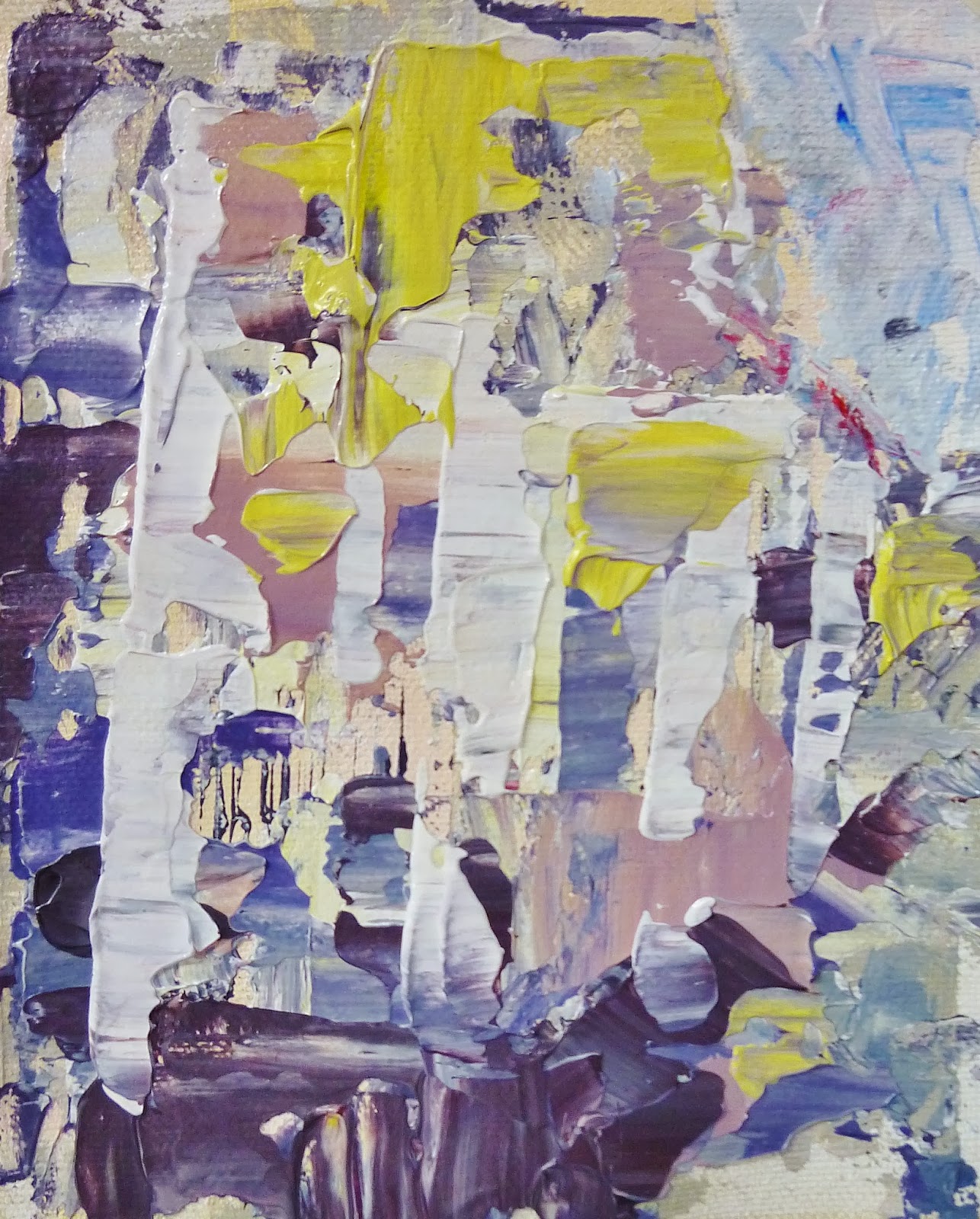These contextual references were suggested to me during a mini tutorial. They were brought up due to the fact that they look at people and silhouettes showing movement in different ways other than just drawing. They also express composition ideas and ways in which I can draw movement within my ideas.
Michal Rovner
Michal Rovner
Michal Rovner is an artist from Israel who works with creating video, sculpture, drawing and sound based installations. She lives and works in New York as well as her home country Israel. Her early work in the 90's looked at photography of radar and surveillance images, distorting the pictures creating groups of people with blurred elements. In 1992/3 Rovner produced a series of photos that looked again at the distortion of photography this time looking at people floating. In the late 90's Rovner began to move towards film based art work, depicting crowds of anonymous people, animals and birds often in monochrome. Her work reflected themes of politics, looking at the Israel-Lebanon border which was lined with electric fences, watch towers and ongoing conflicts. These ideas were shown in her video called 'Border' 1996/7 in which she attempted to cross and dispute the border.
(Michal Rovner, Film stills from Border 1996/7)
Looking at her more recent video installations she often uses silhouetted figures moving across an environment. One of her most recent pieces of film is her video instillation at Ruhrtriennale, Mischanlage, Essen, Germany. This instillation is titled 'Current' and this is due to Rovner focusing on themes of time and energy. It relates to the present time referring to a flow of substance in all contexts. She depicts this through the movement of people going with and against the flow.
This is a link to a video interviewing Rovner on her instillation 'Current'.
http://www.youtube.com/watch?v=kc3m5sRRnq0
Looking at her work I can see how a different artist generates and reflects movement through the use of people in film based work. The people in her videos are silhouetted so have no identity and are used to show textures and shape to reflect time and energy whether its fire or electricity. Her work is very abstract and the compositions of the video are arranged in a way that places the viewer in that environment. In relation to my own work I can see comparisons between her depiction of energy and my arrangements of figures that are beginning to look like gestural landscapes but still generating elements of movement.
Humphrey Spender & Mass Observation
Humphrey Spender was a British photographer, painter and also designer. It was suggested in a tutorial that I take a look at his Mass Observation work done between 1935 and 1940. Mass Observation was a research organisation based in the UK and was founded in 1937. The aim of this organisation was to document everyday life in Britain. They did this through a range of things; diaries, photography, questionnaires, conversations and documentation of behavior in the work place, at home, on the streets and at religious gatherings. Spenders series of work looked at photographs of people in their everyday lives for example people at the pub to children playing on the streets.
( Humphrey Spender, Parliamentary by-election, 1937/38)
In relation to my own work the comparison would be that like Spender and his work for Mass Observation I too am producing my work in another form of documentation but instead I am looking at showing the movement of people and crowds in a city environment; recording their positions at that time.
Lotti Reiniger
Lotti Reiniger was a German film director during the early to mid 1900's. Reiniger was seen as the pioneering figure within silhouette animation. Below is a link to one of her short films based on the story of Hansel and Gretel.
http://www.youtube.com/watch?v=KxkIGXVwZTM
(Film still from short film Hansel & Gretel, 1955)
Reiniger produced over 40 films throughout her career all of them looking at the use of silhouetted animation. Looking at her work I find it interesting how she creates a scene showing movement by using static figure puppets. She also had the ability to show a sense of depth to the sequences by placing denser shadows towards the front over a paler background.
As a contextual reference to my work I don't think she is as helpful as the other two artists however it was very interesting to see how life can be brought to still silhouetted objects that in fact express no colour or emotion.

.jpg)








































